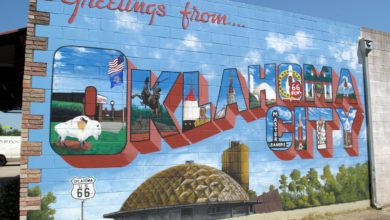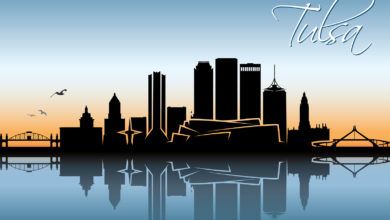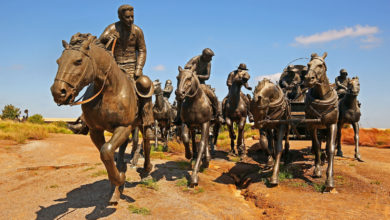Sooner the Better: History and Beauty in Oklahoma
The most iconic sights in our great state
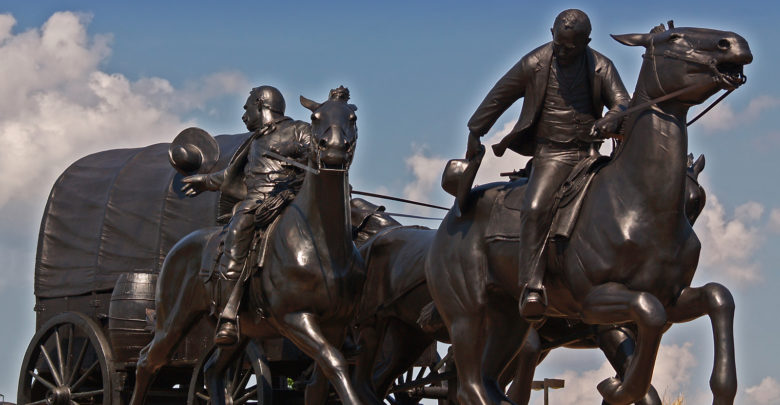
Oklahoma, where the wind comes sweepin’ down the plains! Yes, it is an iconic musical, but there is more to Oklahoma than the plains, wind and a Broadway musical. Oklahoma is filled with iconic people and places that you need to check out. Go ahead, take a trip to explore the icons of the past and present.
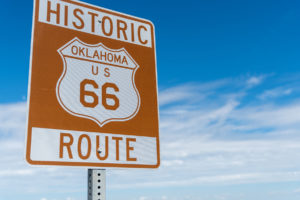
Route 66 – Clinton
Route 66 cuts through eight states, but Oklahoma has the most miles of this iconic stretch of highway. There are a number of fun stops along Route 66, such as Pops in Arcadia, which has more than 700 different kinds of soda pop, and the very recognizable Blue Whale in Catoosa.
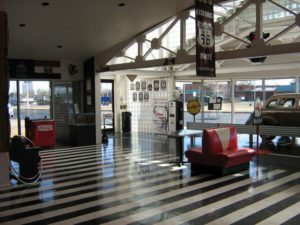
However, if you want to immerse yourself in Route 66 history, make a stop at the Oklahoma Route 66 Museum in Clinton. Here you will learn about the mass migration west to escape the Dust Bowl, the Route’s heyday in the 1950s and the memorabilia that takes you back to a simpler time.
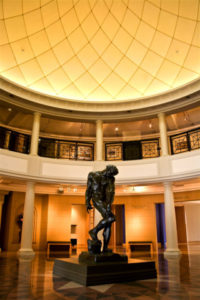
Philbrook Museum of Art – Tulsa
The Philbrook is an extraordinary example of Italian Renaissance architecture built in the 20s by oilman Waite Phillips. At the time, Tulsa was experiencing an oil boom and it is said the home was for the Phillips’ children to entertain their friends. In 1938 Phillips gifted the mansion and the surrounding 23 acres to the city of Tulsa and it now serves as one of the nation’s premier art museums. While there, don’t miss a leisurely walk through the gardens, which are nothing short of spectacular.
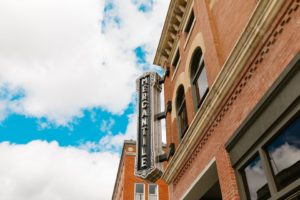
The Pioneer Woman Mercantile – Pawhuska
Ree Drummond is a name many American women (and a few men!) know for her down-home cooking, and she is definitely one of the state’s modern-day icons. Originally from the area, she rose to fame by first blogging about her move from L.A. back to Oklahoma to marry a cowboy. She included anecdotes about life on the ranch and recipes in her blog.
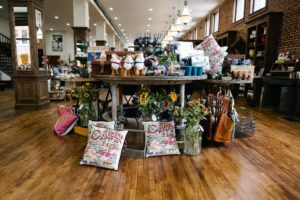
This then blossomed into a cookbook, television show on The Food Network and now she and her family has breathed life into Pawhuska with the opening of The Pioneer Woman Mercantile. Eager shoppers descend on the once sleepy town in droves to shop, eat at the adjoining restaurant and bakery, stay at their hotel and take tours of the lodge where Ree films her television show. It’s a fun look into small-town life and supports a local that has done extraordinary things for the community.
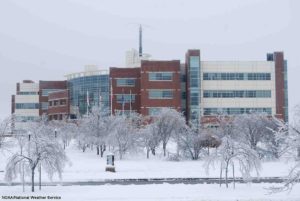
National Weather Center – Norman
When you think of Oklahoma, there is nothing more iconic than its weather, so a stop at the National Weather Center should be on your list. Housed on the campus of the University of Oklahoma, the tour consists of the National Severe Storm Laboratory, NOAA/NWS Storm Prediction Center, School of Meteorology, the family observation deck and more.
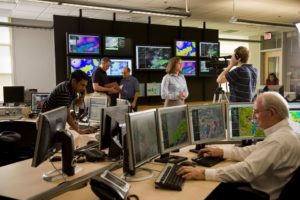
And, every fall, the NWC hosts a National Weather Festival. Check the website for details. It is important to note that beyond the festival you must make reservations for a tour prior to your visit and follow the NWC’s strict security guidelines.
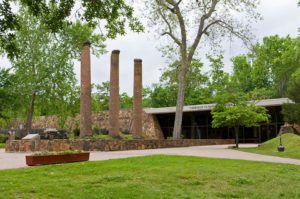
Cherokee Heritage Center – Tahlequah
Thirty-nine Native American tribes call Oklahoma home, but only five are indigenous to the state. The Cherokee Nation is the largest tribe and were relocated to the Oklahoma Territory in 1838. The Cherokee Heritage Center, located in the Cherokee Nation headquarters of Tahlequah, is a central center for promoting the Cherokee culture with historical exhibits, demonstrations and educational programs. This includes a Trail of Tears exhibit, Diligwa, an authentic 1710 Cherokee Village experience, and you can interact with Cherokee history at the 1890s Adams Corner Rural Village.
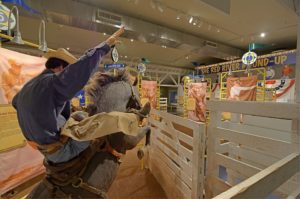
National Cowboy & Western Heritage Museum – Oklahoma City
Cowboys, past and present, are synonymous with Oklahoma. The cowboy culture is alive and well, and the National Cowboy & Western Heritage Museum celebrates the state’s Western history, art and culture. Here you will find sculptures by such iconic cowboy artists Frederic Remington and Charles M. Russell. There is also James Earl Fraser’s the End of the Trail featured within the museum. Enjoy the interactive history galleries that concentrate on the American cowboy, Native American culture, rodeos, frontier military and Western performers.
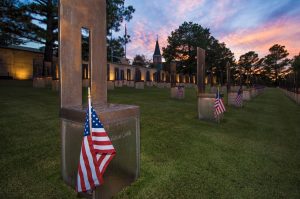
Oklahoma City National Memorial & Museum – Oklahoma City
Last, but certainly not least, is the Oklahoma City National Memorial & Museum. April 19, 1995, changed the fabric of our nation and how we conduct or day-to-day lives. A tragedy that is memorialized in such a fitting and respectful manner for those that lost their lives, survivors, their families and the American people, it is a must see. Comprised of an outdoor symbolic memorial on the site of the former Murrah Building and a museum that takes you through the events of the day when 168 Oklahomans lost their lives and the events that transpired thereafter. You are at a loss if you do not visit this memorial while in Oklahoma.
When you think you’ve seen it all, Oklahoma surprises you. It has a rich history steeped in the lore of the West, extravagance from the oil booms and modern hot spots. Whether or not you visit the state’s most iconic sights, Oklahoma gives you room to dream and explore, which is iconic of the American West.

